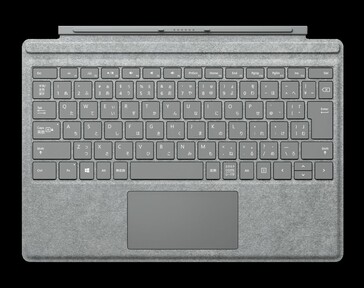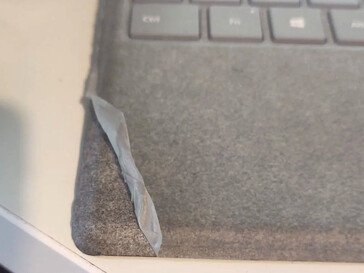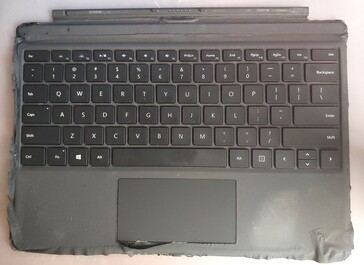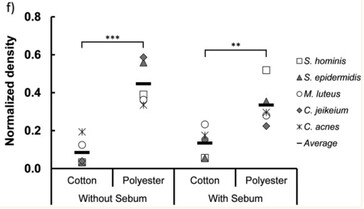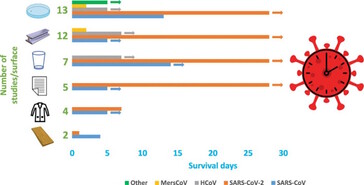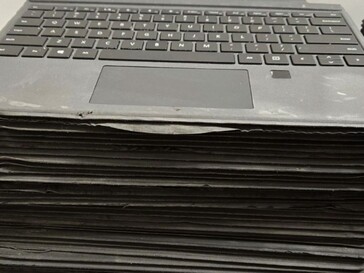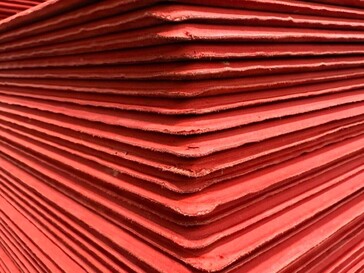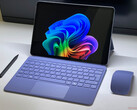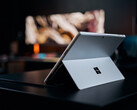
Ugly, dirty Microsoft Surface keyboards: Why high-tech computers and low-tech fabrics don’t mix
David Chien 👁 Published
Microsoft began using Alcantara to cover Surface keyboards almost a decade ago. Alcantara uses polyester and polyurethane, spun and blended into a suede-like textile that has been used as a leather substitute in other applications, including automotive seat coverings. As explained by the company, the manufacturing process of the Type Cover with Alcantara takes “five weeks to produce, as the material is extruded and crimped, needle-punched and dyed.”
This unfortunate use of Alcantara on Surface Pro and Surface Laptop keyboards began when Corporate Vice President of Design Ralf Groene and Principal Material Designer Alec Ishihara were led to examine its use in a Lamborghini by then Chief Product Officer Panos Panay. After Ishihara thought the automotive use of the material was “breathtaking”, the first Alcantara covered Surface Pro keyboard arrived in 2016.
As many Surface users quickly noticed, the first sign the suede-like substitute was a poor choice was the darkening and fraying of the palm rest areas. (Non-Alcantara models also experience the same issues.) Unfortunately, there is no way to remove the covering for machine washing because Alcantara is adhered directly to the body of Surface keyboards. The use of damp cloths over Surface keyboards is also foolhardy given the proximity of water-sensitive electronics underneath. So over time, dead skin cells, oils, and dirt become trapped between the polyester-blend fibers.
Extensive studies of doctor white coats that are not consistently washed every day have shown they harbor multiple microbes, including drug resistant bacteria. Consistently, more bacteria adhere to 100% polyester versus 100% cotton textiles when sebum (body oil) is taken into account, which many gym rats experience as stinky polyester sports clothes. Unfortunately, polyester textiles are harder to wash free of odor-causing bacteria due to their stronger ability to trap them within the fibers.
During the global COVID-19 pandemic, scientists discovered the coronavirus could survive on a variety of surfaces and for five or more days on clothing in one review. Even those who wash their hands religiously after using the bathroom (which a significant number of people do not do), eating, talking, sneezing, and even pigeons have been found to deposit microbes onto keyboards. Given the similarity of Alcantara microfiber to textiles, it is not unreasonable to think that a great number of viruses and bacteria can be found on Alcantara-covered Surface keyboards, which cannot be properly washed or disinfected.
Another downside of Alcantara is its easy friability when moving a Surface Pro around a desk or transporting it inside bags. Although a more bio-based version was released as the Surface Pro Signature Keyboard in 2022, no method has been developed to wash, or replace, or recycle the synthetic blend covering. A poor material selection decision by Microsoft years ago has resulted in thousands and thousands of Type Covers with frayed edges and torn surfaces, driving some to the extreme of re-covering their $159.99 Surface keyboards with self-adhesive vinyl wraps.
Keyboards with a very durable construction, like the iconic IBM Model M keyboard launched in 1985 (newer models sold here by Unicomp), can survive decades of use and cleaning (with alcohol wipes like these), rather than quickly filling landfills. Both silver and copper surfaces possess natural anti-microbial properties, so a copper keyboard like the Keychron Q1 HE Copper Edition can also be a smart choice, because it is clear that fabrics and computers don’t mix.
Source(s)
Personal experience, Microsoft, Reddit threads and more (all linked above)




